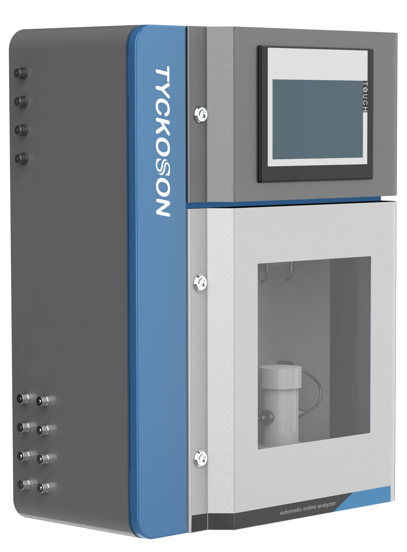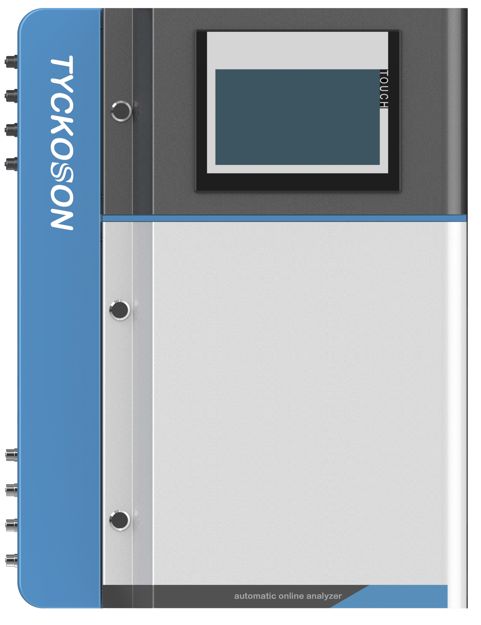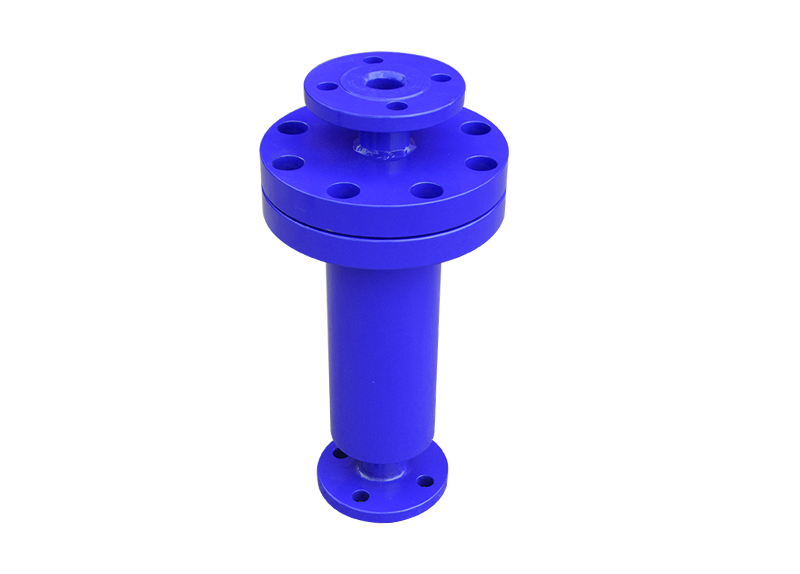具有富電子Cu位點(diǎn)的空間不對(duì)稱(chēng)催化劑設(shè)計(jì)促進(jìn)全普光芬頓催化
Spatially asymmetric catalyst design with electron-rich Cu sites to facilitate full-spectrum photo-Fenton-like catalysis
近年來(lái)����,使用可再生太陽(yáng)能驅(qū)動(dòng)的光-Fenton技術(shù)用于解決環(huán)境污染問(wèn)題被認(rèn)為是一個(gè)前瞻性策略�����。此文章提出了一種基于硅酸銅納米管(CSN)的Janus非對(duì)稱(chēng)催化劑設(shè)計(jì)���,可以同時(shí)實(shí)現(xiàn)良好的全光譜太陽(yáng)能吸收、H2O2吸附和催化活性����。該研究報(bào)道通過(guò)在非對(duì)稱(chēng)的硅酸銅納米管中創(chuàng)建富電子Cu(Ⅰ)位點(diǎn)和缺陷結(jié)構(gòu)實(shí)現(xiàn)了全光譜驅(qū)動(dòng)的光-Fenton催化。納米管中氧空位和CuO6八面體結(jié)構(gòu)的共存賦予其優(yōu)異的全光譜吸收能力���。本征電場(chǎng)和氧空位協(xié)同加速光生電子的定向遷移�,利用光激發(fā)電子“自我補(bǔ)充”來(lái)補(bǔ)償Cu(Ⅰ)位點(diǎn)的給電子能力以持續(xù)活化H2O2�。同時(shí),Cu(Ⅰ)位點(diǎn)的強(qiáng)電子離域降低了其相鄰橋接H位點(diǎn)的電子密度�����,大大增強(qiáng)了對(duì)H2O2的吸附����,從而顯著提高H2O2的利用率����。結(jié)果�����,CSN在全光譜照射的光-Fenton體系中實(shí)現(xiàn)了對(duì)多種難降解污染物的有效去除�,去除率大于95%���。在180 min內(nèi)對(duì)實(shí)際印染廢水(3905 mg/L)的COD去除率達(dá)到54%���,這是傳統(tǒng)銅基材料無(wú)法達(dá)到的,體現(xiàn)了其在實(shí)際廢水深度處理中的潛力�。這項(xiàng)工作不僅實(shí)現(xiàn)了高效利用H2O2用于有效去除難降解有機(jī)污染物,而且對(duì)未來(lái)設(shè)計(jì)具有優(yōu)異全光譜光-Fenton催化性能的Cu基材料用于水污染處理具有重要意義����。
The use of light-Fenton technology driven by renewable solar energy to address environmental pollution problems has been regarded as a forward-looking strategy. This article presents a Janus asymmetric catalyst design based on copper silicate nanotubes (CSN), which can simultaneously achieve excellent full-spectrum solar energy absorption, H2O2 adsorption and catalytic activity. This study reports the achievement of full-spectroscopy-driven photo-Fenton catalysis by creating electron-rich Cu(Ⅰ) sites and defect structures in asymmetric copper silicate nanotubes. The coexistence of oxygen vacancies and the CuO6 octahedral structure in nanotubes endows them with excellent full-spectrum absorption capacity. The intrinsic electric field and oxygen vacancies work together to accelerate the directional migration of photogenerated electrons. The "self-replenishment" of photoexcited electrons is utilized to compensate for the electron-donating ability of Cu(Ⅰ) sites for the continuous activation of H2O2. Meanwhile, the strong electron delocalization at the Cu(Ⅰ) site reduces the electron density at the adjacent bridged H site, significantly enhancing the adsorption of H2O2 and thereby significantly improving the utilization rate of H2O2. As a result, CSN achieved effective removal of various refractory pollutants in the full-spectrum irradiated photo-Fenton system, with a removal rate of more than 95%. The COD removal rate of the actual printing and dyeing wastewater (3905 mg/L) reached 54% within 180 minutes, which is unattainable by traditional copper-based materials, demonstrating its potential in the advanced treatment of actual wastewater. This work not only realizes the efficient utilization of H2O2 for the effective removal of refractory organic pollutants, but also is of great significance for the future design of Cu-based materials with excellent full-spectrum photo-Fenton catalytic performance for water pollution treatment.


SDI (2).jpg)





.jpg)



